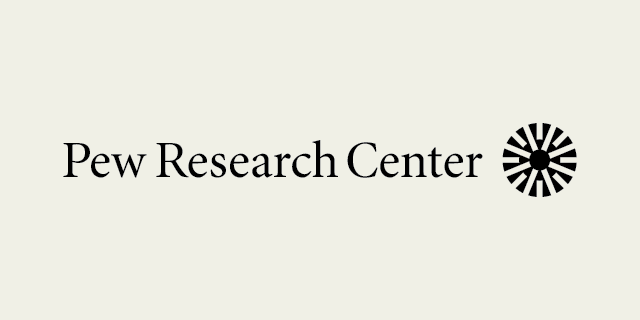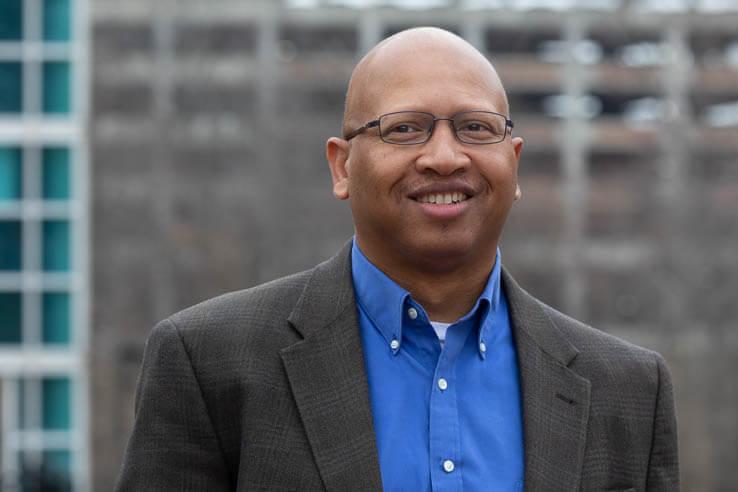

In an interview with Stateline, an initiative of The Pew Charitable Trusts, Sacoby Wilson, associate professor of environmental health, said that people of color are more likely to experience extreme heat.
For example, people of color are more likely to live in concrete-heavy, dense urban areas with little greenery, where temperatures can be up to 22 degrees hotter than their surroundings. These are called heat islands, Wilson says, and they can cause respiratory problems and heatstroke, as well as exacerbate pre-existing conditions like heart, lung and kidney disease.
And the heat is likely to drive people in search of cooler conditions, Wilson said, where they could be exposed to COVID-19.
“When you have this major heatwave, folks are going to have to decide between staying indoors where they might not have air conditioning and staying in a mall, restaurant or church, where there is air conditioning but where they increase their exposure to the virus,” Wilson said.
What’s more, low-income Black and Latino residents are more likely to be exposed to the coronavirus through their living and work conditions, Wilson told Pew.
“Heatwaves are hell for the poor,” Wilson said. “And COVID-19 is hell for the poor.”
Related Links: